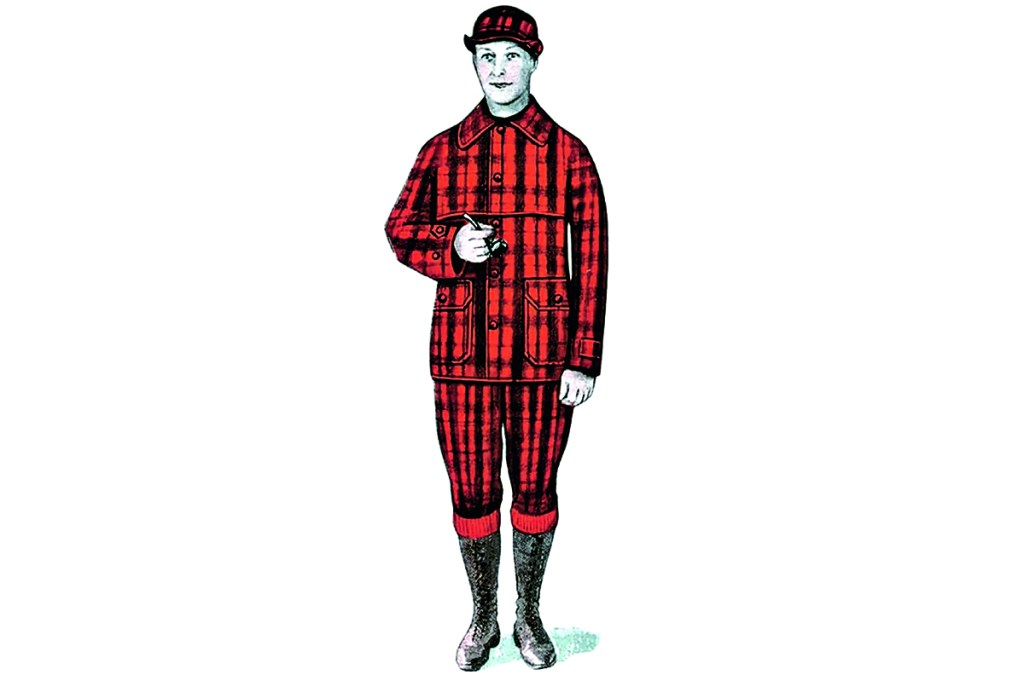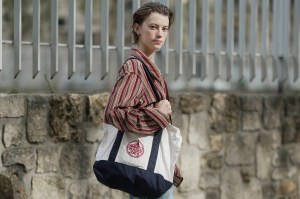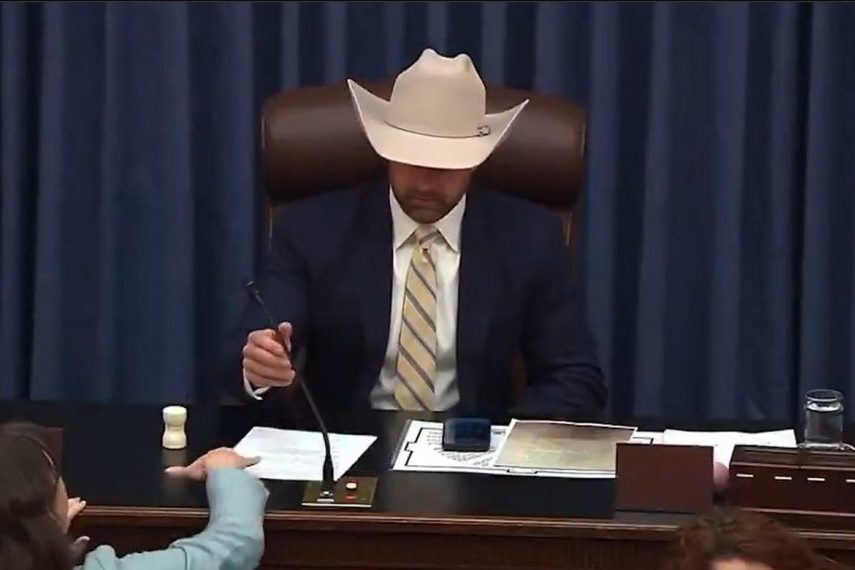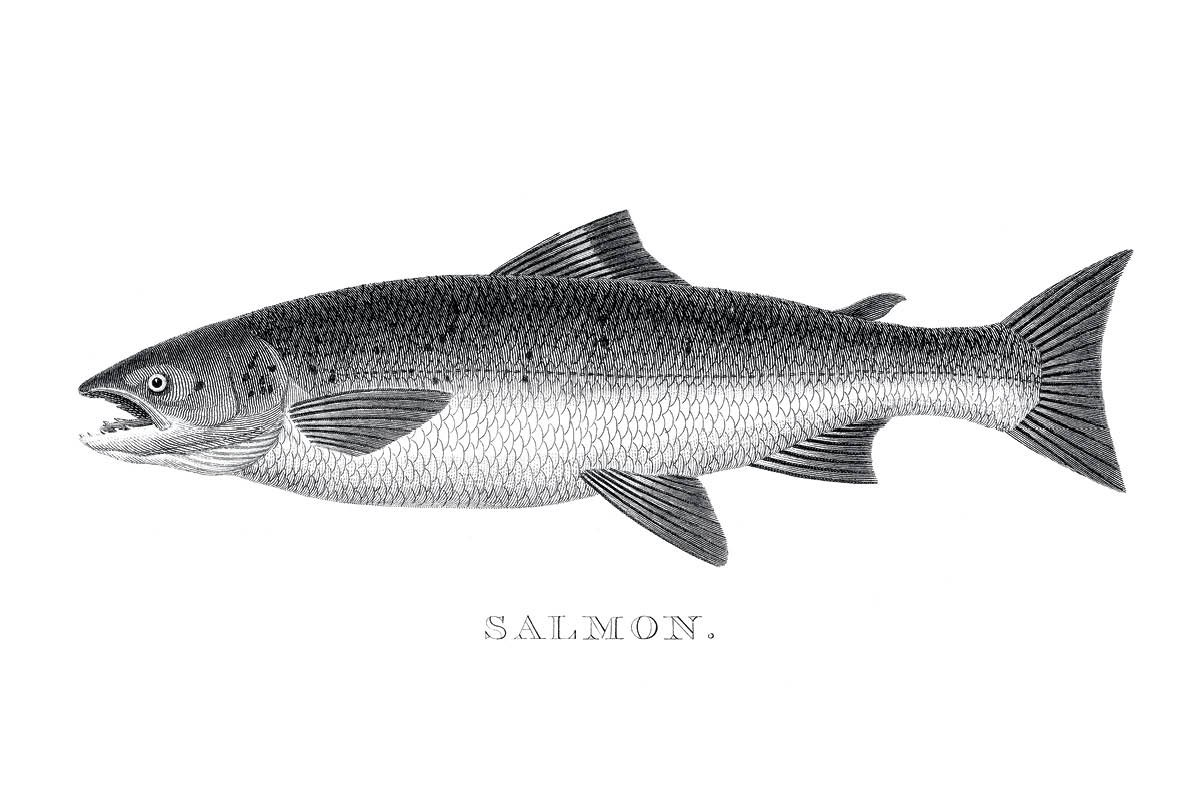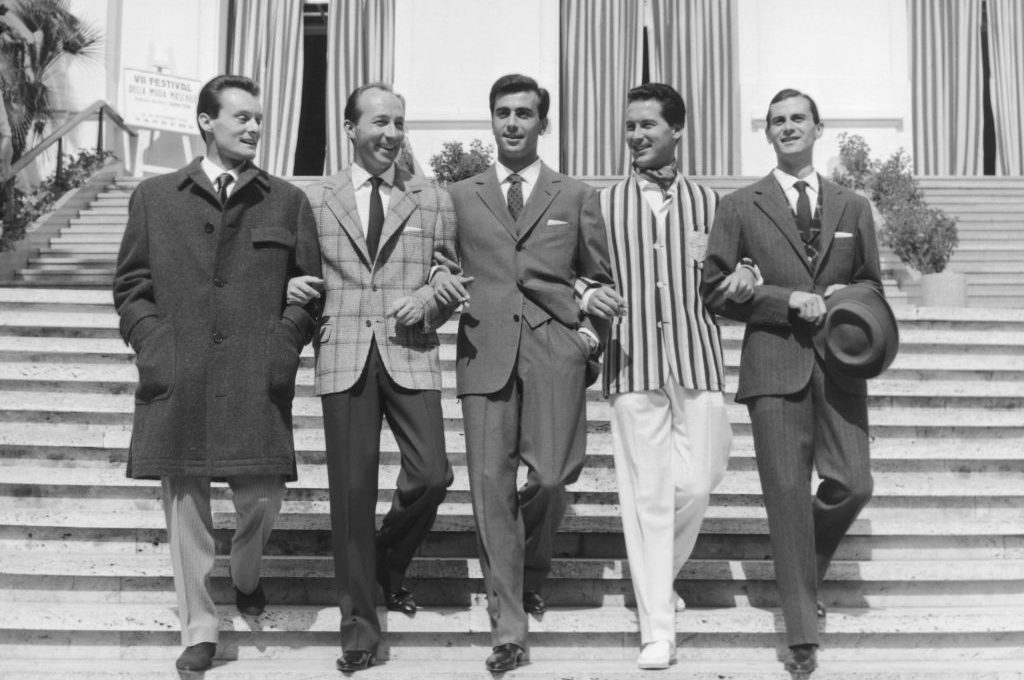I hunted Pennsylvania whitetail deer this winter wearing the same thing my great-grandfather wore hunting one hundred years ago: a red and black plaid Woolrich hunting jacket.
Woolrich, “The Original Outdoor Clothing Company,” founded in 1830 in Plum Run, has weathered the years by remaining true to its tradition of offering finely crafted, durable “all-wool hunting toggery” (as the old ads called it) for the avid woodsman. To the classic buffalo-check jacket was added matching wool pants, and the “Woolrich Big Game Hunter’s Suit” became a regional uniform: “the Pennsylvania Tuxedo.” The Met has one on display. The label reads, “completely functional… also rather fashionable.”
These days, the brand is a little different. Let’s just say, the clothes for sale now are not my grandfather’s Woolrich. Foreign investors have been purchasing stakes in the “mountain-made” company since 2017. Woolrich now caters to hip commuters, with an “outdoor heart, urban spirit” tagline. Androgynous models pose in coats that start at $500 and run to well over $1,000. The website’s “About Us” page touts “sustainability,” “diversity and inclusion” and “responsible sourcing.” (I wonder if the new guard considers hunting, for which Woolrich’s clothes were originally created, a “responsible” or “sustainable” method of sourcing food?)
It is the same story with several such iconic outdoor brands: Before it became a frat-house favorite, Abercrombie & Fitch outfitted Teddy Roosevelt (and my own dad) for outdoor expeditions. C.C. Filson Co. was founded by a Nebraska homesteader in 1897 to furnish prospectors headed for the Great Klondike Gold Rush. Today it is more of a “lifestyle brand” for very wealthy metropolitan men who can afford to pretend they’re Alaskan guides with a $1,000 Mackinaw coat and a $200 flannel shirt.
The Pennsylvania Tuxedo is now a collector’s item to be found in antique stores, on eBay and in some grandpas’ attics — the same places you’ll find vintage Filson, A&F, and other outdoor clothes and gear bought at a time when such items were priced to suit the people actually doing the things that warranted the clothes. I feel fortunate to have been given a classic Woolrich jacket before they became so expensive — and to be able to use it as it was meant to be used.
This article was originally published in The Spectator’s January 2023 World edition.



